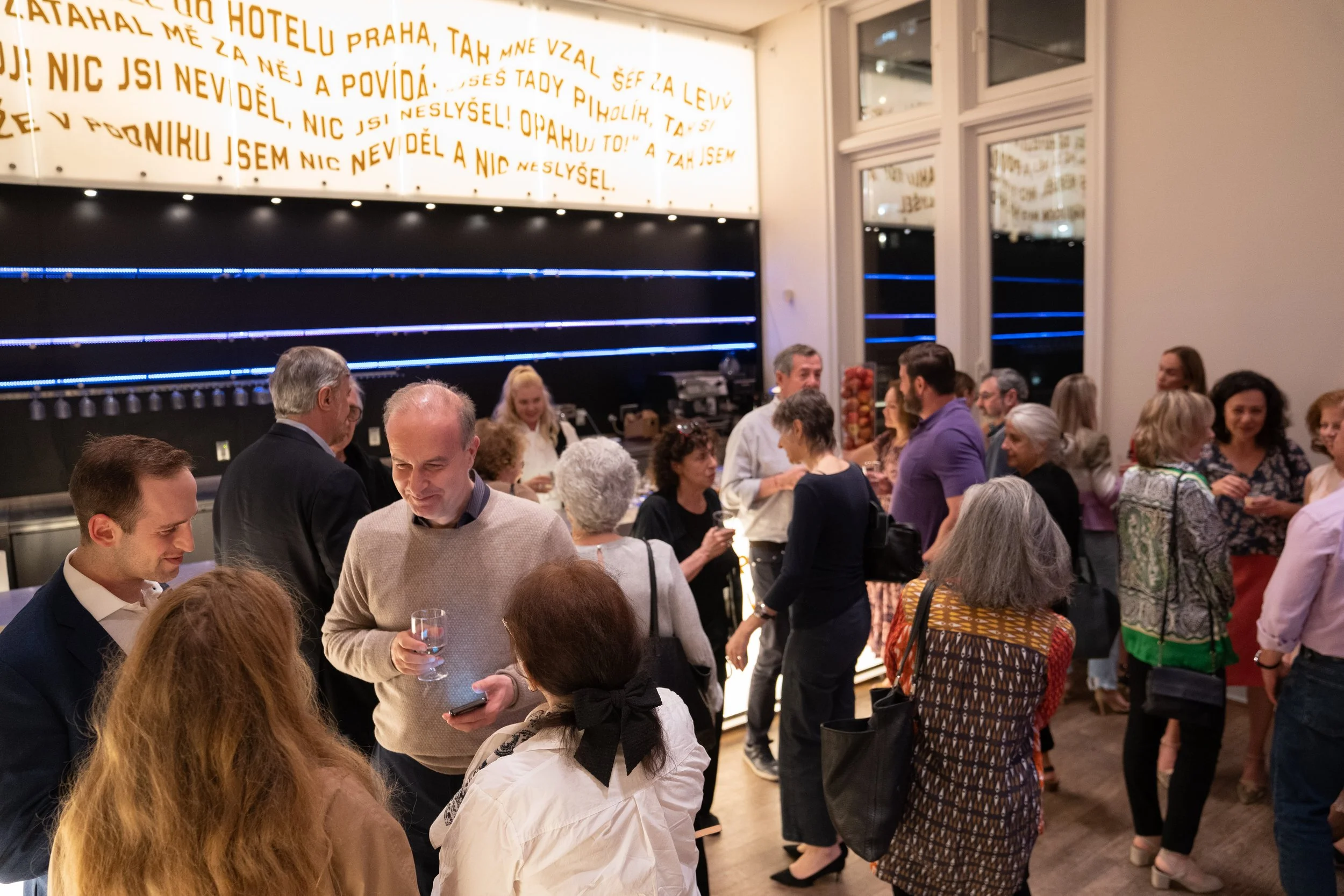AGAINST THE TIDE
April 13, 2023 | Bohemian National Hall
Leonard Elschenbroich cello
Alexei Grynyuk piano
Illustrated talk by Nicholas Chong
Program
Rachmaninoff Sonata in G minor for Cello and Piano, Op. 19
Franck Sonata in A major for Violin and Piano
Photographs by Alex Fedorov © 2023
We like to portray great artists as ahead of their time, boldly pushing into new, uncharted regions, shocking their contemporaries, and only being vindicated by posterity. But sometimes it happens the other way round. In his own time, Sergey Rachmaninov was dismissed as hopelessly old-fashioned, a shameless nostalgist, a composer of ‘film music’ (not good). But today his star is higher than ever, while many of his up-to-date detractors are forgotten. Why? Because his music is so authentic and deeply felt – and who ever wrote better, more ripely expressive melodies? Nearly a century earlier, César Franck was an outsider in French music. Born in Belgium (also not good), he had the temerity to compose in abstract, ‘German’ forms such as symphony and sonata, not opera, the French form par excellence. Yet as time passed, the sheer, impassioned beauty of what he wrote won over his critics, and the next generation of young French masters all acknowledged him as a father figure. Celebrate with us a beauty that defies time and trend as we hear Rachmaninov’s darkly soulful Cello Sonata, and Franck’s gorgeous Violin Sonata in a very persuasive arrangement for cello and piano.













